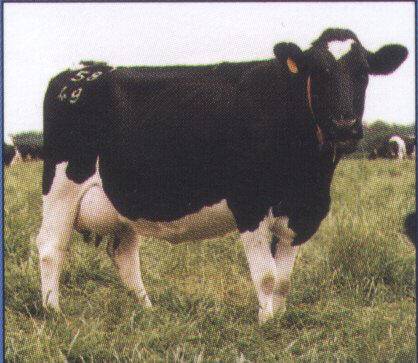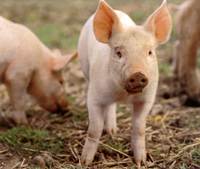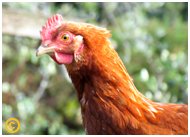|
 |
Epidemiology of
leptospirosis and other zoonotic diseases
in cattle in Tanzania
and their relative risk
to public health
Luuk Schoonman
|
The literature review showed that zoonoses are widespread in
Africa. The demand for livestock products in Africa is increasingly driven
by human population growth, rural-urban demographic shifts and income
growth. This increased demand has lead to increased livestock production in
smallholder systems in urban and peri-urban areas and extensive traditional
cattle keeping systems coming under pressure to become more production
oriented. Zoonoses present in these different livestock keeping systems pose
a potential threat not only to livestock keepers, but also to people working
along the marketing chain and to consumers. This threat can only be
controlled when the epidemiology and transmission pathways of zoonoses are
known.
Previously, targeted studies have reported on the prevalence
of zoonoses in the different livestock keeping systems in Tanzania and
Africa. Different prevalences of zoonoses were reported for different
countries and livestock keeping systems. Few studies however have compared
the prevalences of zoonoses between different livestock keeping systems in
the same area and looked into to what extent zoonoses have entered urban and
peri-urban areas.
The literature further revealed that knowledge about
zoonoses in livestock and risk factors for zoonoses in the different
livestock keeping systems are limited and that there is a lack of awareness
regarding the prevalence in people and the importance of zoonoses for human
health. It is clear however that the risk of contracting zoonoses is higher
for certain occupations and that the spread of HIV has increased the threat
to public health posed by zoonotic infections.
The Tanga research, an exploratory study, assessed the
zoonoses risk in different livestock keeping systems, along the marketing
chain and for the consumers.
The research compares the zoonoses prevalence between
different livestock keeping systems and areas and tries to identify risk
pathways and risk factors. The research further looks at the zoonoses risk
along the marketing channel, both of meat and milk. The research finally
tries to assess the prevalence of selected zoonoses in occupational risk
groups and the public.
A combination of Rapid Appraisal, passive surveillance, through collection
of abattoir data and active, targeted surveillance, through serological
surveys and studies was used in the research to collect the required
information. The results of the study are as follows.
A serological and questionnaire study on zoonoses was performed among cattle
farms in Tanga, Tanzania. The study revealed that leptospirosis and other
zoonoses are common in cattle in Tanga. Herd sero-prevalences were 58% for
leptospirosis, 12% for brucellosis, 6% for tuberculosis and 12% for
toxoplasmosis. Prevalence was higher in traditional herds than in
smallholder herds. The zoonoses were not restricted to rural areas, but also
occurred in urban and peri-urban areas, where livestock keeping is
expanding.
The zoonoses pose a threat to people on farms, to those in marketing chains,
and consumers of animal products. There was a sero-prevalence of 15% for
leptospirosis, 3% for brucellosis and 46% for toxoplasmosis in the human
population. Brucellosis prevalence was significantly higher in abattoir
workers and leptospirosis prevalence was significantly higher in people with
cattle contact.
Poor hygiene and meat inspection at slaughter, and high coliform counts in
marketed milk, indicate the potential risk of transmission of zoonoses by
meat and milk.
It was concluded that zoonoses pose a considerable, and probably
underestimated, burden on the population. The high HIV prevalence further
increases the threat posed by these zoonoses. However, livestock keepers,
veterinary field staff, and staff at hospitals and clinics have only limited
knowledge regarding prevalence and diagnosis of zoonoses in animals and man.
To reduce the risk of zoonotic infections in Tanzania, control should take
place at all levels, from the farm, along the marketing chain, to the
consumer. In this study, HACCP methodology has been applied to the
identification of control points for the zoonoses described.
It is recommended that Tanzania starts a public health programme on zoonoses,
with components addressing the critical control points identified, and
including community health education, production of safe products and
collection and analysis of appropriate data to increase overall knowledge
regarding zoonoses in Tanzania.



